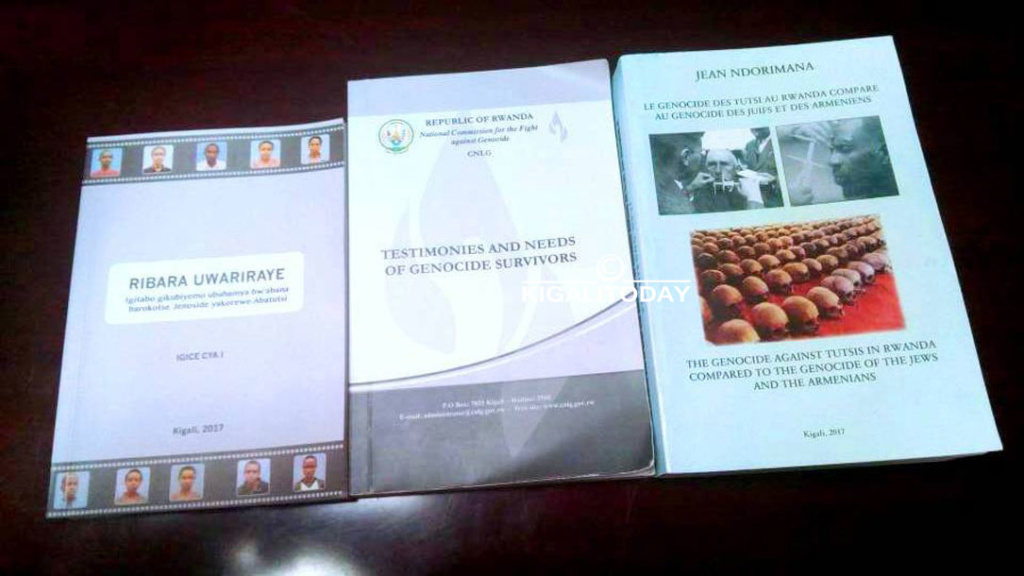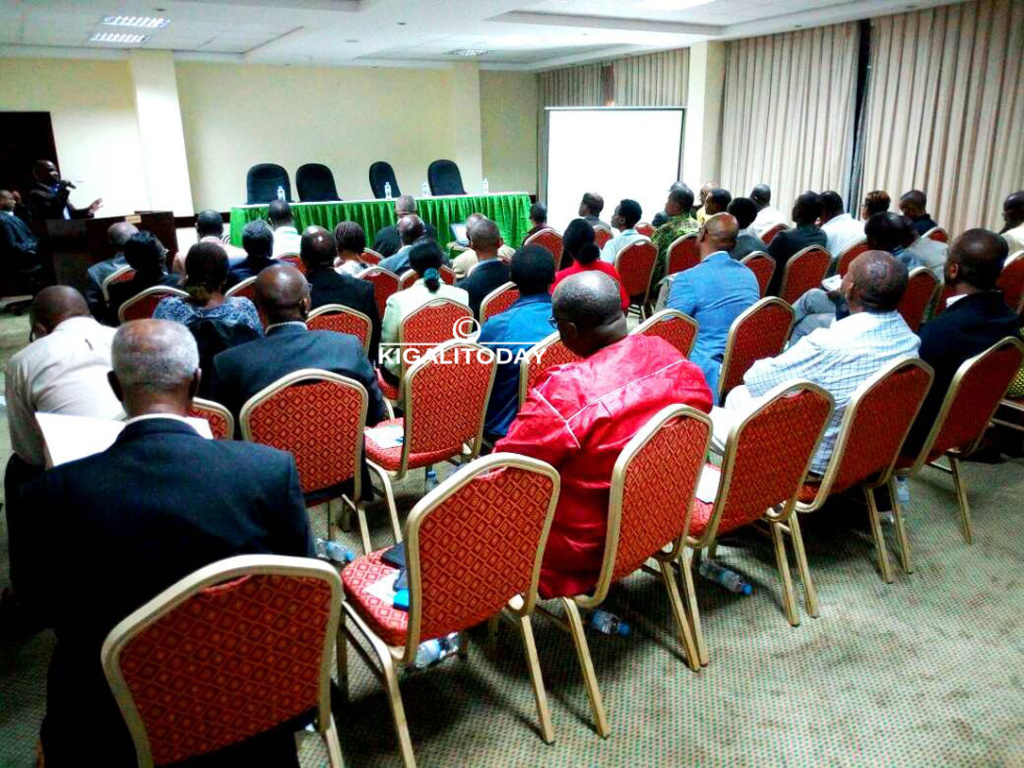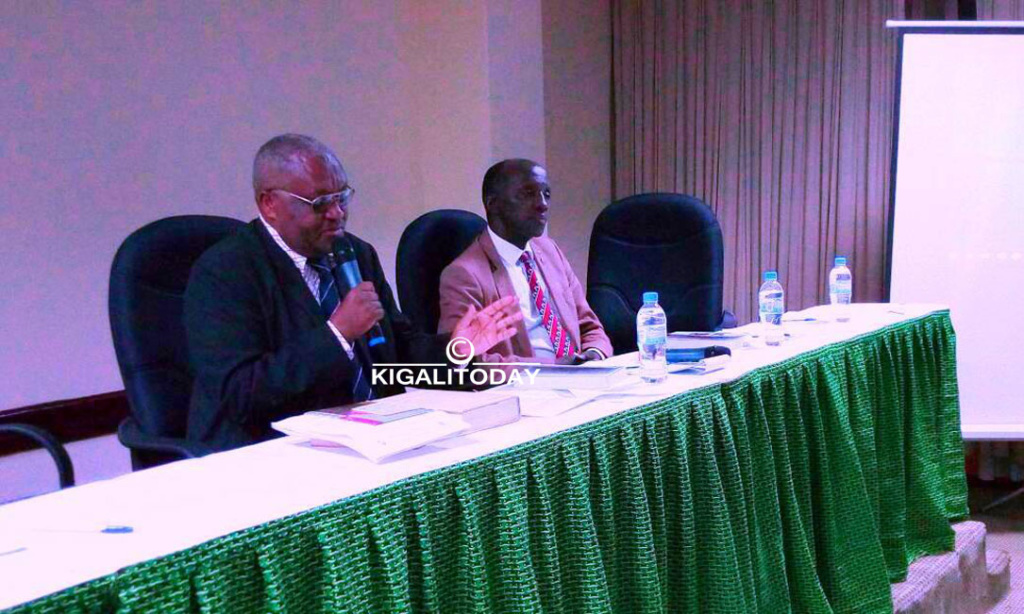
The three books detailing all testimonies the 92 children wrote during the 1994 Genocide against Tutsi
Genocide against Tutsi in 1994 affected every Rwandan when over a million lives were lost at the hands of Interahamwe and the Habyarimana Government forces.
Fortunately the Rwanda Patriotic Front single handedly fought off the militia and government forces to stop the Genocide that lasted a hundred days.
Meanwhile as all this was happening, 92 children managed to pick their pens and note books to record everything they saw, heard and experienced. These children were aged 7,12 and 13 during the genocide.
These notebooks filled with testimonies still exist.
In 2016, an idea was hatched to compile these testimonies into a book that would keep them memories for the future generations.
Humura Center a local organization that promotes development of genocide survivors, AVEGA- Agahozo an umbrella association of Genocide widows and Survivors Fund of Rwanda – SURF shared this idea.

Participants at at event of presentation and prereview of the books
The National Commission for Fight against Genocide (CNLG) has now published the book alongside three other books which are expected to inform government and partners’ decision in assisting survivors of the tragedy.
The book is called ‘Ribara Uwariraye’ meaning that one must have experienced something to understand it.
With two volumes of 190 and 241 pages, it consists of a compilation of testimonies that were handwritten by 92 young genocide survivors who were aged between 7-12 and 13 during the genocide.
AVEGA and SURF sent manuscripts to CNLG which computerized them and compiled them to make one book.
“The title was chosen because in most testimonies children used it. We published it because the authors wished so,” said Valice Yvette, Audio – Visual Production Officer at CNLG.
In this book, Peter Habimana, one of the children who testified said that before the Genocide, his family was threatened at such a point that their house was once burnt while they were at church.
During the Genocide, he lost his parents and three siblings and was raised by her grandmother in a miserable life. Habimana developed loneliness as a sign of trauma.
The second book launched together with this one is called, ‘Testimonies and Needs of Genocide Survivors’. It consists of a 207-page survey conducted since May 2016 by CNLG. The research was aimed at measuring and evaluating effects of judicial systems like community justice, Gacaca, on lives of Genocide survivors and to identify their needs.

Jean Ndorimana (left) presenting his book
The researcher used a sample of 96 respondents from four sectors; Gikondo, Gahanga and Masaka of Kicukiro district and Mwurire in Rwamagana district to get information from both rural and town version of the matter.
Findings indicated that genocide survivors are severely affected by threats they faced after giving testimonies during Gacaca proceedings.
Others also said that repeating the ordeal they went through during the genocide affected them, at some point contemplated suicide.
From such responses, CNLG researchers deduced that 58.3% of the respondents have signs of trauma.
“This preliminary research was an indication to us, that trauma requires great attention,” said Dr Jean Damascène Bizimana, CNLG Executive Secretary.
CNLG is planning to conduct another extensive research on the matter.
The last book, ‘The Genocide against Tutsi in Rwanda compared to the Genocide of the Jews and the Armenians’ by Jean Ndolimana explains context of the three Genocides in 507 pages in two versions-English and French.

